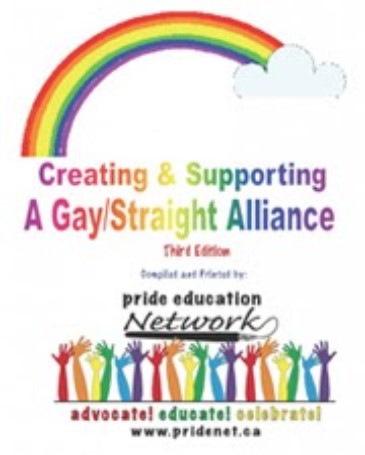
electronic resource
|
Creating and supporting a gay/straight alliance
Copies
0 Total copies, 0 Copies are in,
0 Copies are out.
Digital Link
Subjects
Language
English







